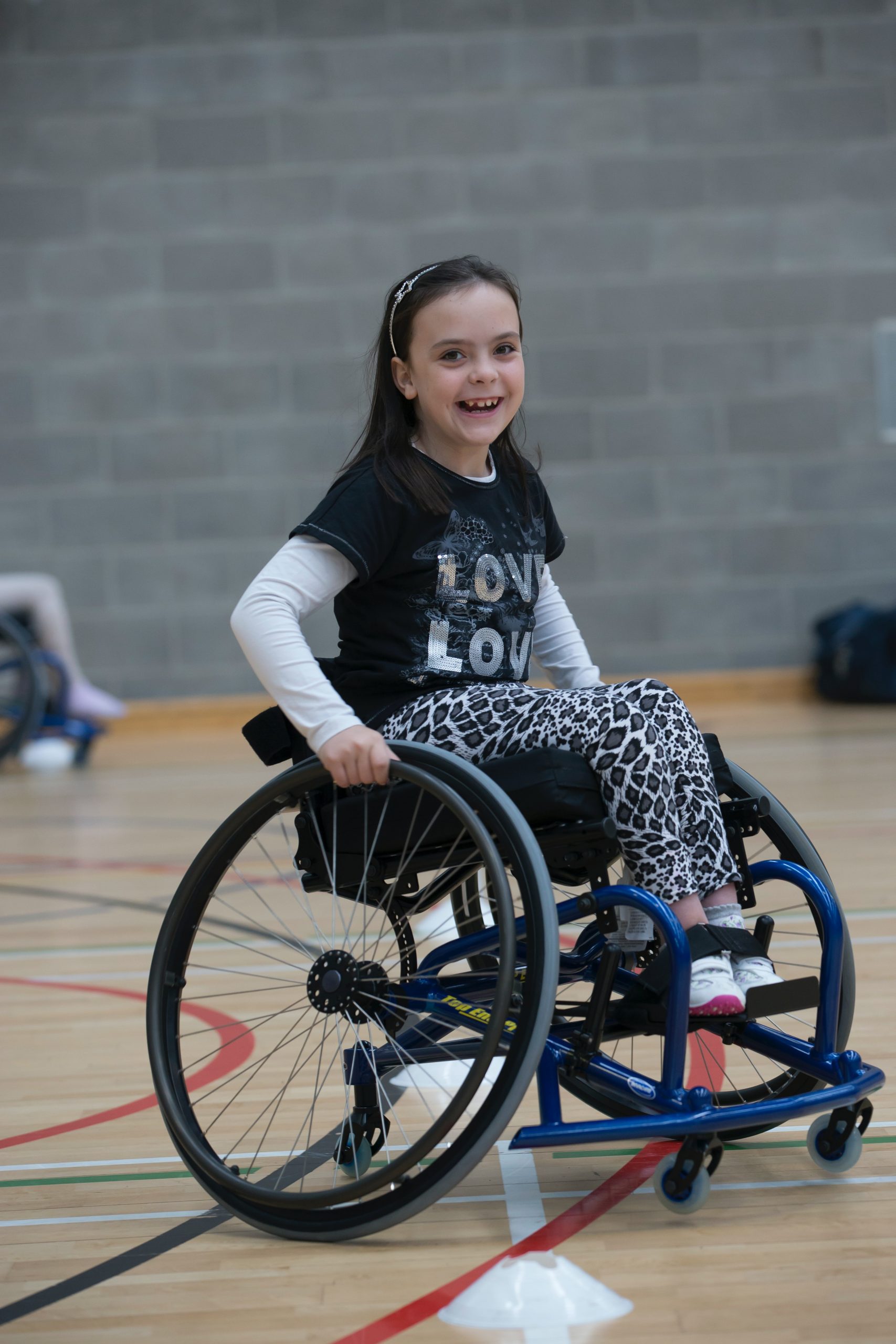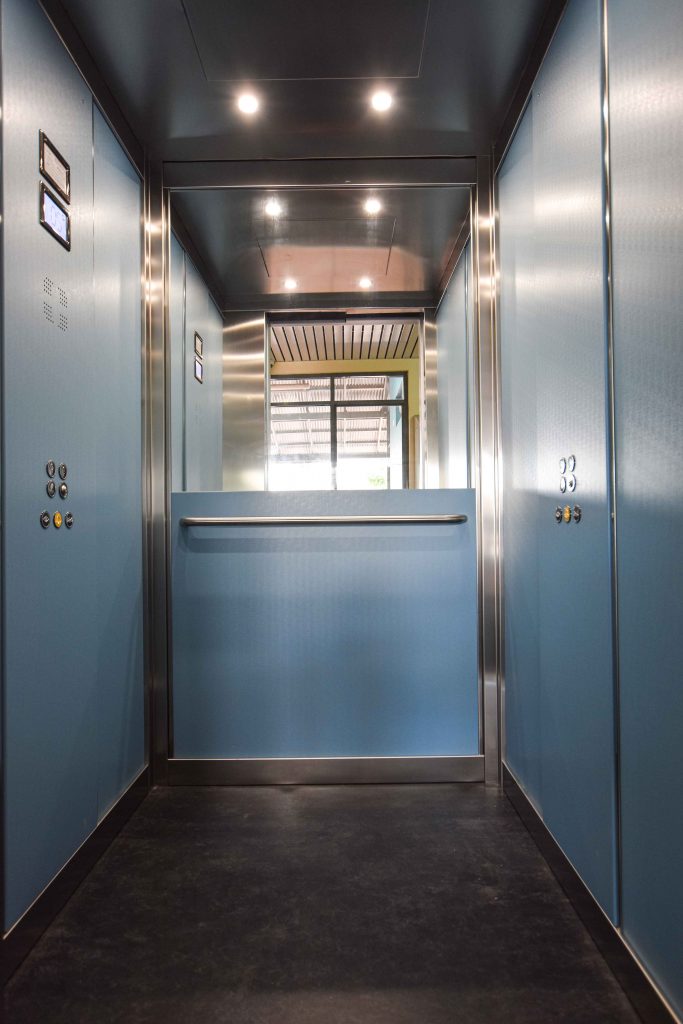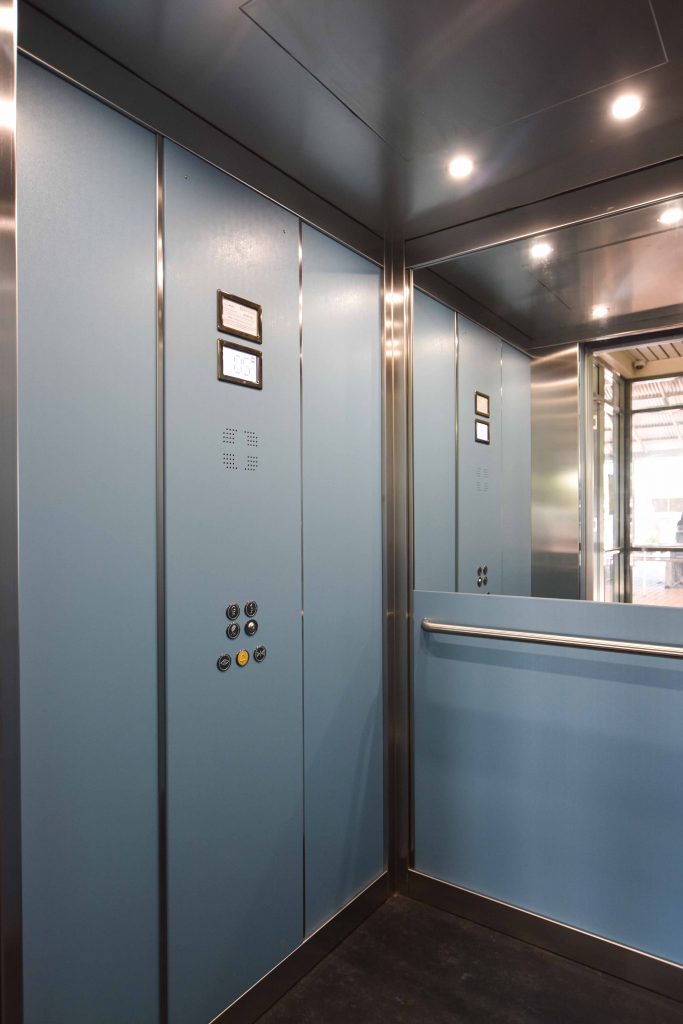An elevator is a powerful addition to any school. It helps students, teachers and members of the community by providing access to the facilities and services they need to reach their potential, safely.
In Australia, every child and young person is entitled to a safe and accessible education. This is why compliance requirements are by the DDA (Disability Discrimination Act) and Australian Building Codes which outline schools to have elevators in a number of circumstances, with standards that must be met for compliance. If you’re on the quest to make your school more accessible, let this be the place to start your research and planning.

When your school might need a lift
A good place to start would be to understand your school’s building inside and out to identify where there is limited accessibility. Some easy telltale signs your school might need an elevator are:
- If the building is multi-storey
- If the building has stairs at the front or back entrance of the premises with no ramp present
- If any of the internal rooms have alternating levels indicated by 1 or more steps with no ramp present
- If the building has any stairs at all – either inside or outside of the building.
If you’re unsure, you can seek assistance from an independant accessibility consultant, your local council or the NDIS to help you identify if you need an elevator to meet compliance and increase accessibility.
Accessibility requirements for schools in Western Australia
Western Australian schools are required to provide safe access to the premises for everyone, which includes those who identify as living with a disability. Physical access requirements for schools may include:
- Access all areas
All areas accessible to the public must be accessible to people with disabilities - Accessible toilets
If your building has bathrooms, there must be wheelchair accessible bathrooms, fitted with handrails, emergency call buttons and braille - Furniture placement
Furniture needs to be placed in a way that does not limit wheelchair access - Accessibility information
It should be easy for people with disabilities to navigate and access your building, this includes clear signage and braille directing them to elevators, wheelchair-accessible toilets, emergency exits etc - Emergency exits
Emergency exits must be wheelchair accessible - Ramps
Ramp access to any raised levels - Lifts
DDA compliant elevator access to all levels.
Schools are required to have lift access
An educational institution is a commercial building that is available to the public, so disability access is required to all areas of the building with the inclusion of ramps and DDA approved elevators. It’s important for schools to have elevators, as it ensures everyone has access to their services and the institution is in compliance with state accessibility laws. Here’s a quick outline of these regulations:
- Disability access must be provided in accordance with the Building Code of Australia and the Disability (Access to Premises — Buildings) Standards 2010. This includes elevator access for multi-story buildings and ramp access available for anywhere that would normally require stairs to access.
- In reference to primary and secondary education schools, “it is unlawful for an ECEC and school age education and care provider to limit or refuse access to services because of a child’s disability.” – Australian Children’s Education and Care Authority.
It’s important to note, an education provider must make reasonable adjustments to accommodate a person with a disability unless making the adjustment would impose an unjustifiable hardship on the provider or if the building falls under the exemptions listed in the DDA.
Discover our recent project at Living Waters Lutheran College.
Why disability access is important
While it’s important to be compliant with the relevant regulation, it often only requires the minimum for disability, so it’s encouraged to follow best practice approaches to create a more inclusive and safe environment at your school. The benefits for schools in creating an accessible learning environment are:
- An increased clientele base as people who live with disabilities will feel comfortable attending the school
- Broadening community appeal, providing access for those who needed it most
- Avoidance of a potential public relations crisis
- A reduction in the risk of accidents, which means fewer chances of a lawsuit against the school
- An increase in the value of the premises
- Compliance with laws and regulations.
DDA elevator compliance for schools
If you are going to install an elevator into your school building, you will want to ensure that it is DDA compliant, so that it is suitable for use by someone who lives with a disability. When looking for a DDA compliant lift, it’s recommended to ask:
- Is the lift large enough to allow someone using a wheelchair or walking frame to enter and turn around to access the lift control panel?
- Do the lift buttons have raised tactile and Braille information next to them?
- Are lift buttons at a height that can be reached by all?
- Does the lift provide audible information telling passengers what floor they arrived at?
According to the DDA, the required application of features to passenger lifts are:
- Buttons
Have tactile braille on each button control and place them in specific locations so that they are low enough to be reached by those in wheelchairs and easy to find for people with vision impairments. They cannot be higher than 1200 mm from the floor. - Elevator location
Elevators (and their call buttons) need to be in open spaces, not tight corners, to ensure they are easily accessible for people in wheelchairs. - Handrails
Should be included inside elevator cabins to provide physical support when needed. - Audible and Visual Information
Automatic visual and audible cues are needed to alert passengers with visual impairments when the lift is about to move, when doors are opening and closing, and what floor they are on. Visual cues are digital displays signifying the lifts movements with arrows and the floor numbers. - Emergency Call Button
Emergency call buttons, in addition to a light which signals when distress notifications have been received, should be included in all elevators. - Room
The minimum internal cabin space for a wheelchair to fit comfortably. - Automatic Doors
Easy access in and out of the lift. - Fire-safe doors
Optional & site-specific, to allow for a wheelchair accessible emergency exit.
To learn more about DDA compliant lifts for schools and to discover your options, browse our commercial lifts online, view our previous work or pop down to our Belmont showroom and speak our industry experts.
—
While DDA compliance provides support to those who have limited mobility, it’s also valuable to think about your school’s accessibility and inclusion beyond what’s required. Around 1 in 6 people in Australia, or about 4.4 million (18%), live with a disability. How else can we help promote a more inclusive environment?



